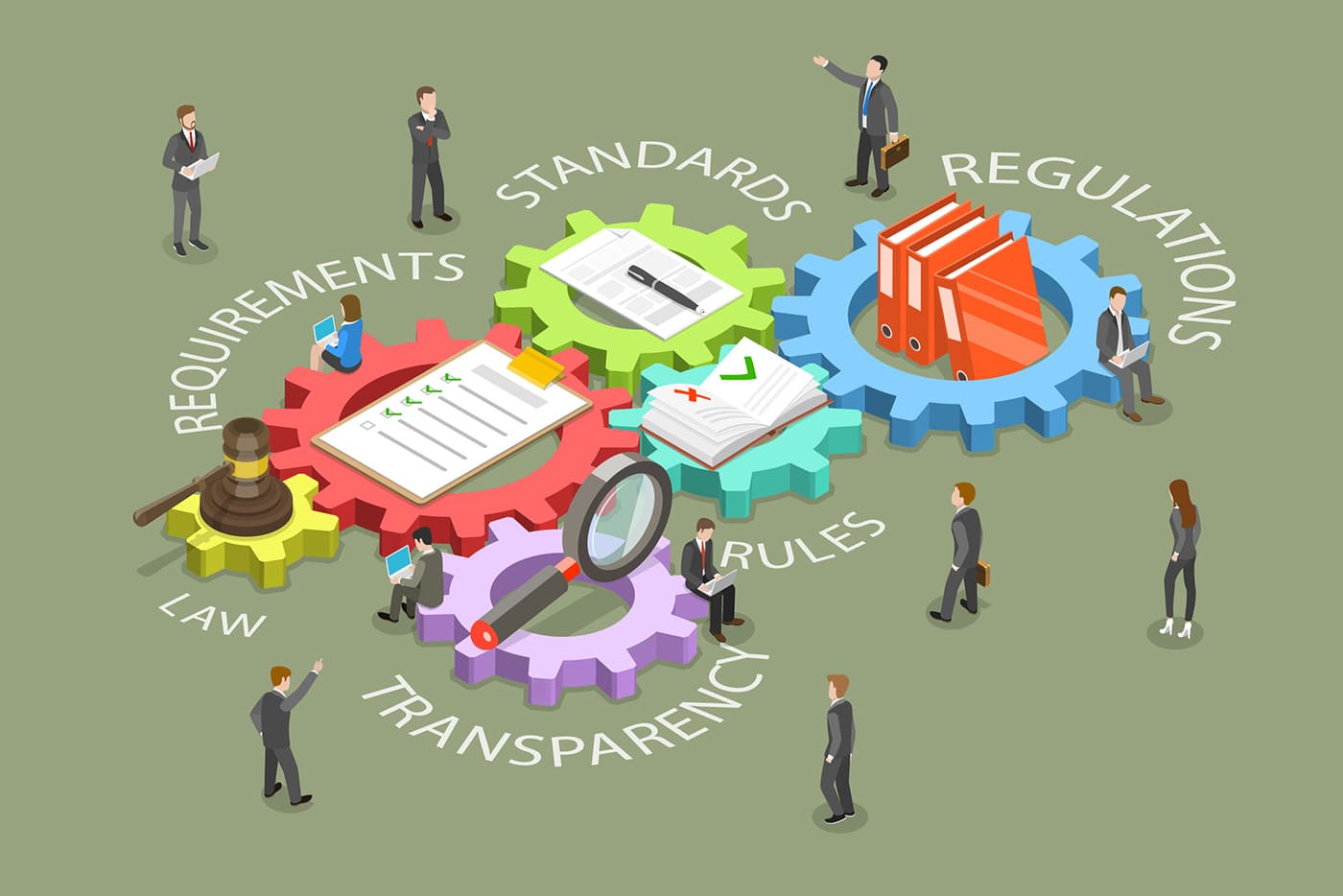
Government regulations play a crucial role in shaping the steel industry, affecting everything from production processes to market dynamics. These regulations, which can vary significantly by country and region, aim to ensure safety, environmental protection, and fair competition. This blog explores how different types of government regulations impact steel sales, examining both positive and negative effects on the industry.
Types of Government Regulations
-
Environmental Regulations
- Emissions Standards: Governments enforce strict emissions standards to control pollution from steel manufacturing. Compliance often requires significant investment in cleaner technologies, which can increase production costs.
- Waste Management: Regulations on waste disposal and recycling mandate sustainable practices. While beneficial for the environment, these measures can lead to increased operational costs.
-
Trade Policies
- Tariffs and Quotas: Trade policies like tariffs and quotas protect domestic steel industries from foreign competition. For instance, the U.S. has imposed tariffs on steel imports to shield local producers. While this can boost domestic sales, it often results in higher prices for consumers and potential trade conflicts.
- Anti-Dumping Measures: Anti-dumping regulations prevent foreign manufacturers from selling steel at unfairly low prices. These measures help maintain fair competition but can strain international trade relations.
-
Safety and Quality Standards
- Construction Codes: Regulations mandating the use of high-quality steel in construction ensure safety and durability. These standards can drive demand for premium steel products but also impose additional costs on manufacturers.
- Workplace Safety: Regulations aimed at ensuring the safety of workers in steel plants require investment in safety equipment and training. While this improves working conditions, it can increase operational expenses.
Economic Impact
Positive Effects
- Market Stability: Regulations can stabilize markets by preventing price dumping and ensuring fair competition.
- Innovation: Stringent environmental and safety regulations often drive innovation, leading to new technologies and more efficient production methods.
- Sustainability: Regulations promoting sustainable practices improve the industry’s environmental footprint, attracting environmentally conscious investors and customers.
Negative Effects
- Increased Costs: Compliance with regulations often requires substantial financial investment in new technologies, processes, and training, which can increase production costs.
- Trade Restrictions: Protective trade policies can lead to retaliatory measures from other countries, resulting in trade wars that negatively impact global steel sales.
- Market Distortion: Over-regulation can lead to market distortions, where some companies struggle to compete due to high compliance costs.




